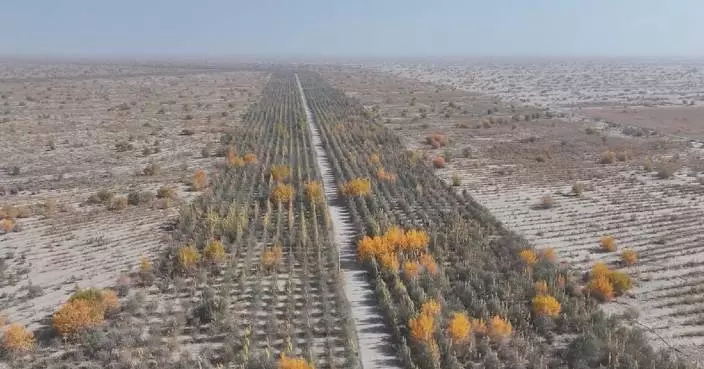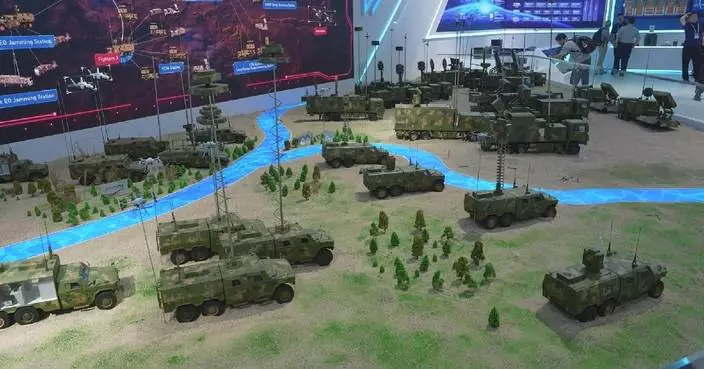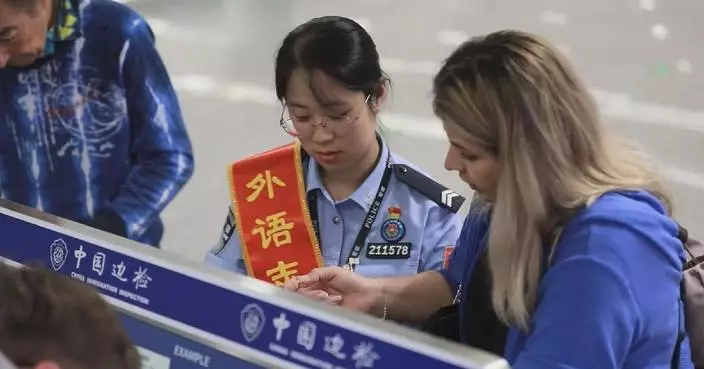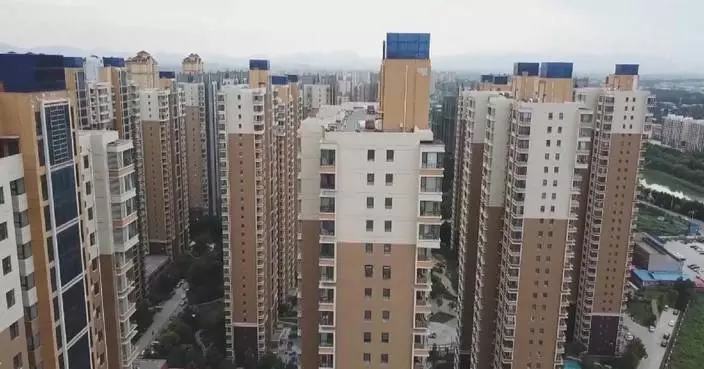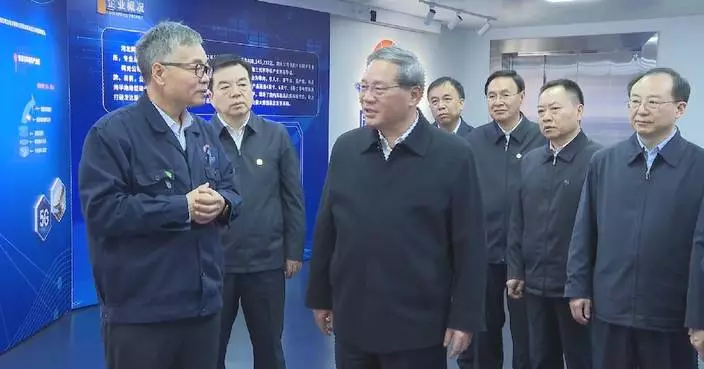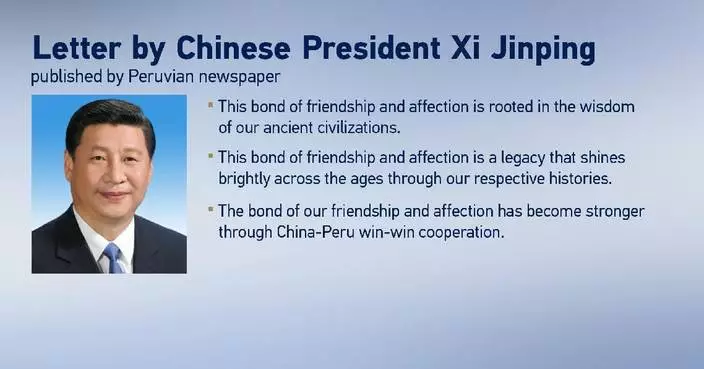The second Global South Think Tanks Dialogue kicked off on Thursday in east China's Nanjing, bringing together more than 400 representatives of think tanks across over 100 countries.
Co-hosted by the International Department of the Communist Party of China (CPC) Central Committee, the CPC Jiangsu Provincial Committee, and the China Council for BRICS Think-tank Cooperation, the event is designed to foster discussions on key themes of equality, openness and cooperation among Global South.
Liu Jianchao, head of the International Department of the CPC Central Committee, emphasized that the dialogue aims to implement President Xi Jinping's important proposal at the BRICS Plus leaders' dialogue last month, which has led to the official launch of the Global South Think Tanks Alliance on Thursday.
China is ready to work with Global South countries to uphold the spirit of independence, solidarity, justice, openness, and inclusiveness, and to jointly build a Global South community of shared future, Liu said.
The newly established Think Tanks Alliance, Liu added, will leverage its unique strengths to provide intellectual support and foster greater collaboration among Global South countries.
Foreign attendees believe the Think Tanks Alliance will serve as an important platform for strengthening communication, dialogue, and cooperation within the Global South. They also expressed their commitment to joining hands with China to implement the three major global initiatives proposed by President Xi—the Global Development Initiative, the Global Security Initiative and the Global Civilization Initiative—while advancing the building of a community with a shared future for mankind.
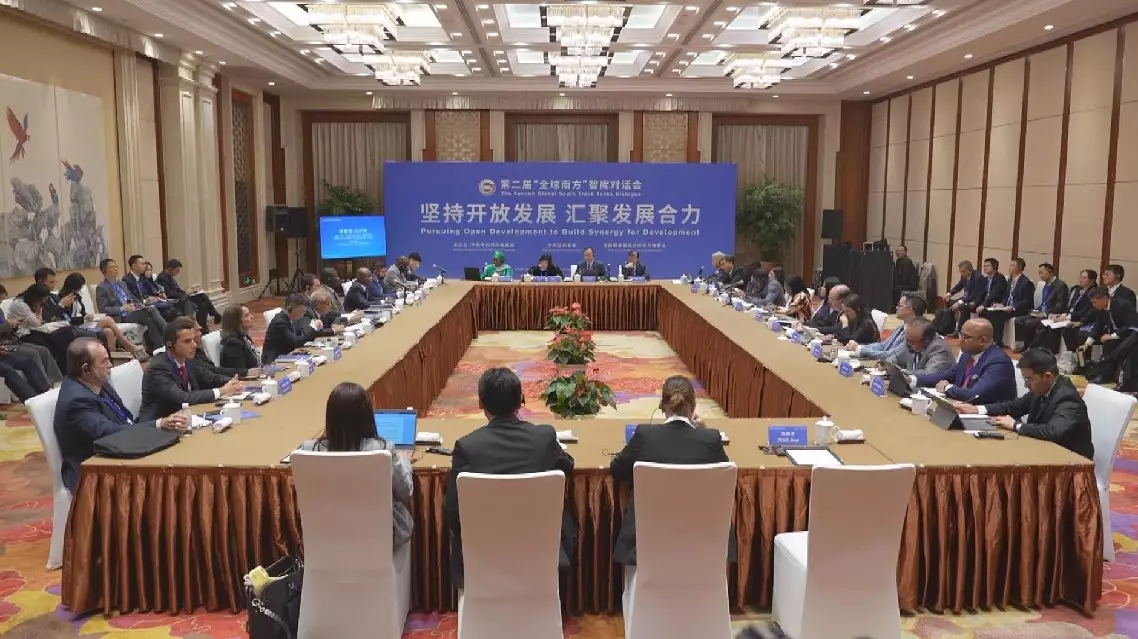
Global South think tanks gather in China for dialogue
A splendid array of state-of-the-art military equipment representing China's new-domain forces and new combat capabilities have made debut at the ongoing 15th China International Aviation and Aerospace Exhibition in Zhuhai, a coastal city of south China's Guangdong Province.
The eye-catching exhibits at this biennial aerospace trade event, also known as Airshow China, show the country's latest achievements in the development of national defense and aviation industry.
China unveiled its domestically-developed new-generation stealth fighter jets J-20s and J-35A at this year's show, becoming a country with two types of active stealth warcraft.
Apart from showcasing the new fighters, China also presented breakthroughs in unmanned cooperative operations, anti-drone combats, and anti-cruise missile systems.
"What we brought to the exhibition is a kind of systematic anti-drone concept, covering radar, photoelectric and electronic reconnaissance. With the coordination between them, we can identify whether the object is a drone, where it is located, and then intercept it and strike it," said Yan Deheng, an expert in anti-drone technology.
"As the key to tear the cloak of a stealth fighter, radar occupies the core position in early warning detection. The YLC-2E [S-band long-range multi-function] radar is the first non-meter-wave anti-stealth radar, which has better accuracy so that air defense systems can respond and strike effectively," said Zheng Yi, an expert with the No.14 Research Institute of China Electronics Technology Group Corp (CETC).
This year's Airshow China is running from Tuesday to Sunday with 1,022 companies from 47 countries and regions showcasing their star aviation and aerospace products.
Some 140 youth representatives from China's Hong Kong and Macao special administrative regions also visited the event to get a close-up view of the world's most cutting-edge technologies and equipment in the fields of aviation and aerospace.
"Just now we saw the flight demonstration of J-20, and the J-35 stealth fighter jets. They performed very difficult maneuvers, which is not just about the engine, but also the aerodynamics," said Yiu Kwan Ho, a student from Hong Kong University of Science and Technology.
"At the airshow, I got a look at the lunar soil samples collected by the Chang'e-6 mission from the far side of the moon. I was so excited. I hope that students of Macau University of Science and Technology can be more involved in the lunar soil research program in the future," said Ng Wai Kei, a Macao student.
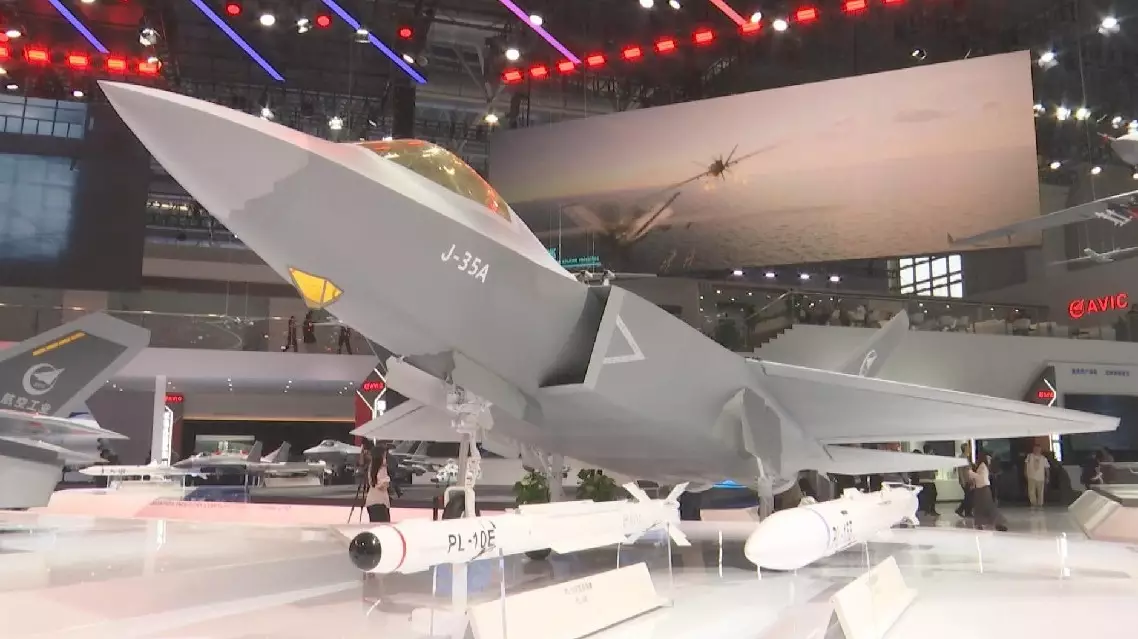
Equipment representing China’s new combat capabilities highlighted at Zhuhai airshow




